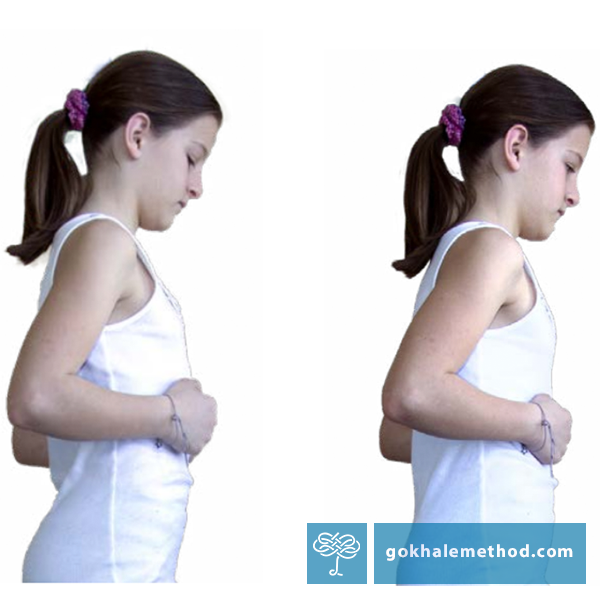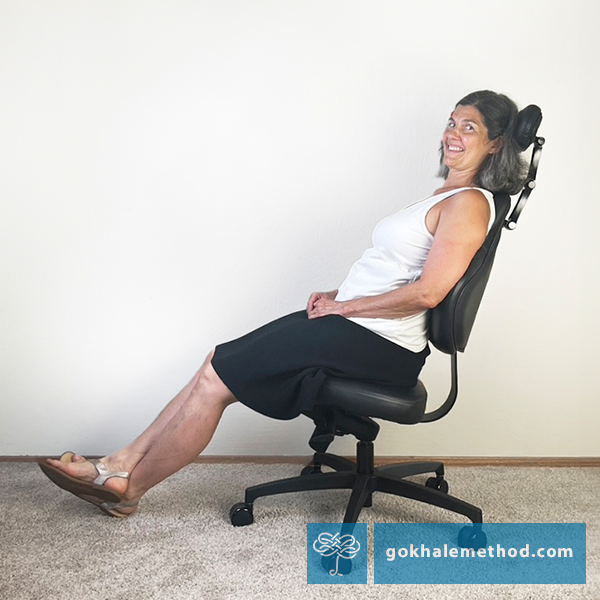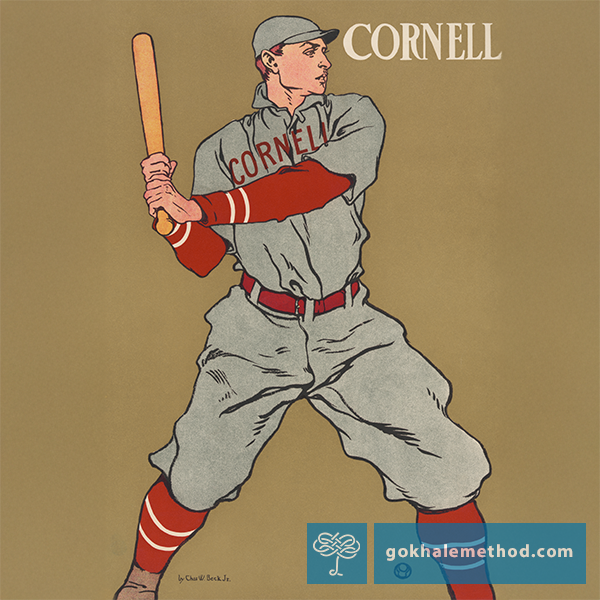Choose your remedies carefully
There are many approaches to stretching tight back muscles that involve rounding the back. Though these exercises give temporary relief, we recommend against them because they threaten the spinal discs, nerves, and ligaments. They can also result in the back muscles contracting even more tightly to stabilize the area.
Get Updates on the Latest Blog Posts
This Thanksgiving I would like to honor two people who profoundly influenced the development of the Gokhale Method®.
According to research a shocking two-thirds of professional musicians live in chronic pain. Those of you who are music makers may have felt challenged at times by the lengthy periods of sitting or standing required for practice and rehearsal. Continuously holding an instrument, maintaining a playing position, or just standing holding sheet music, can, sooner or later, trouble your neck, shoulder, or wrist. Playing can become a physical challenge rather than an activity integrated with the music making.
Podcasts are one of my favorite media. It’s hard to reimagine a time when you couldn’t take your pick and enjoy their entertaining and compelling content. Over the years I have been invited to be interviewed for many podcasts about the Gokhale Method®, and for this blog post I would like to introduce you to three of my favorites, which I hope you will now enjoy if you haven’t done so already.
Our very successful Gokhale® Pain-Free Chair was launched ten years ago, 2013> celebrating the philosophy that sitting is a natural, healthy activity. This office chair was designed to facilitate stretchsitting and stacksitting, two key techniques of the Gokhale Method® that transform sitting into a comfortable activity that heals you rather than hurts you.
Taking the daily classes has helped me perfect the practice and really get the nuances.
I am now able to accomplish the rib anchor, which I was struggling with. Also, the daily motivation that I get from checking in and feeling the energy from the group—it has just been an amazing opportunity.
Elizabeth Kubicki, Gokhale alumna
In January and February this year I took the Gokhale Method Elements course, which consists of 18 brief (13 minute) but potent lessons. I would like to share my experience of the Gokhale Method with you in this blog post.
My goals were to find out how to sit, stand, and walk well, so that I don’t overstress the scoliotic parts of my back. I was also in search of more comfortable and beneficial sleeping positions. I felt I needed guidance to help me develop a better sense of my body posture and alignment. To be able to do a one-on-one course online made this possible for me.
It was only when I saw the difference between my “Before” and “After” pictures that I realized just how much change it was possible to make to my posture in such a relatively short period.
This summer, with blockbuster success, Barbie is front and center! And yes, I did see the movie. I usually use dolls to talk about our physical characteristics, but their intended function is to teach emotional and social skills such as friendship, parenting, and play. Barbie the movie certainly emphasizes this aspect of the iconic doll in no subtle way!
This blog post looks to dolls for some postural lessons, and also some emotional ones. Research such as a 2017 New Zealand study increasingly shows that posture connects with both our physical and emotional stance, and in our company we have increasingly come to embrace the deep relationship between posture and emotional health. So, over to Barbie, Wonder Woman, and friends. . .
The Question
Can I get Gokhale-fit in 9 weeks (for a long overseas trip) via the online Gokhale Elements course?









